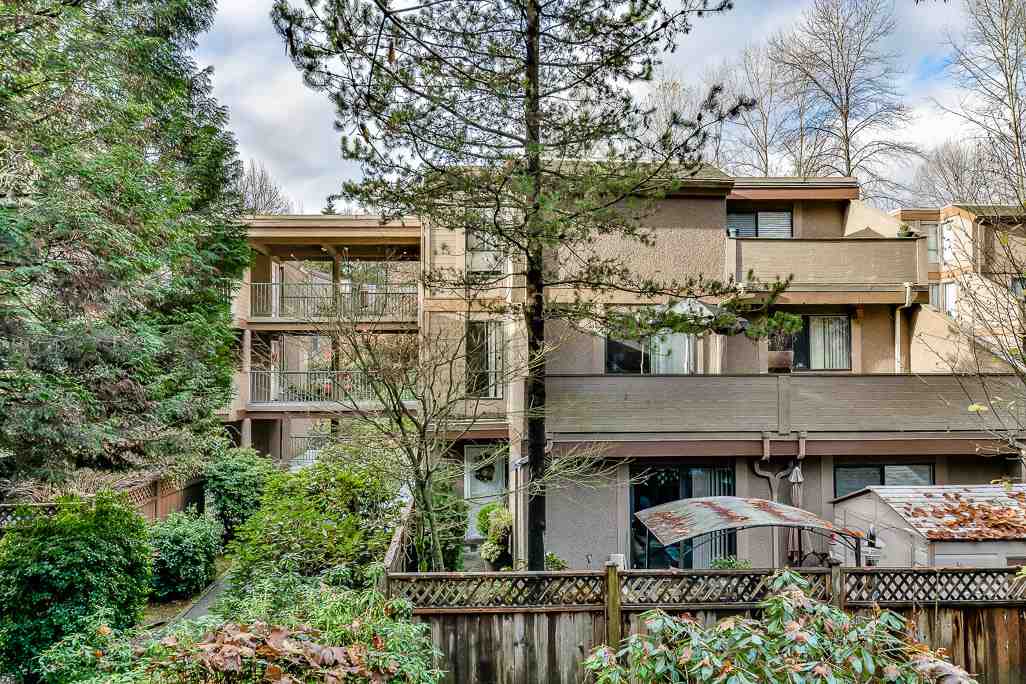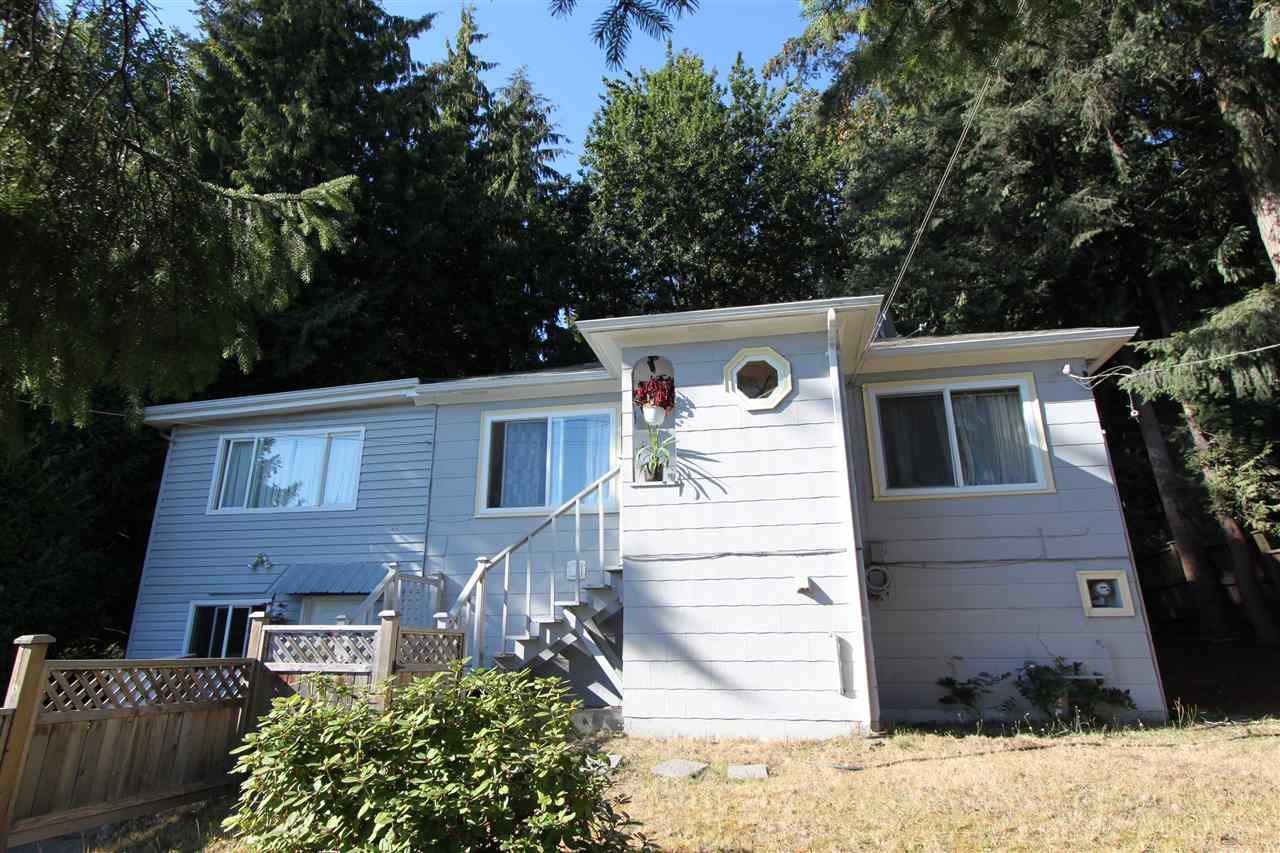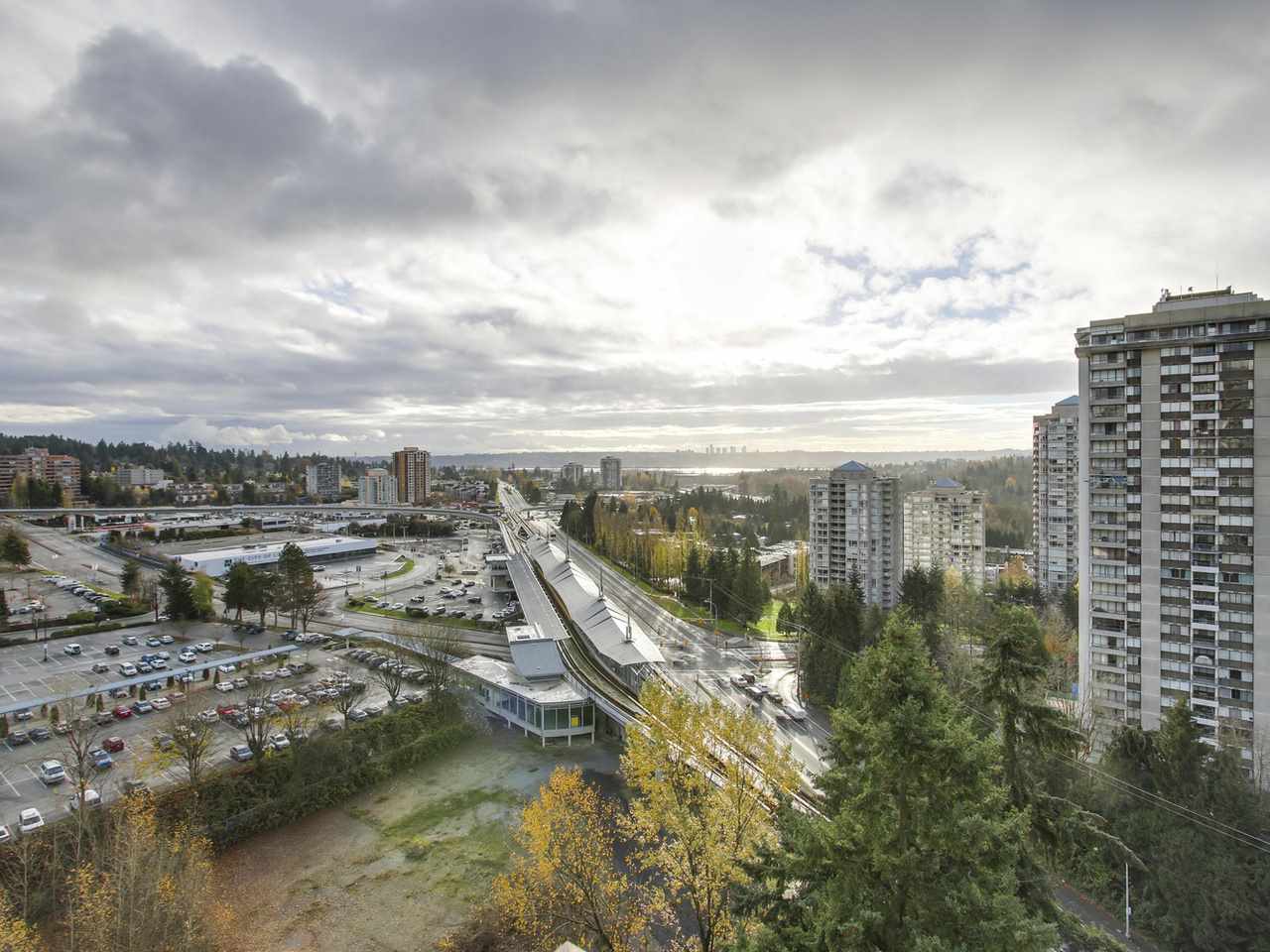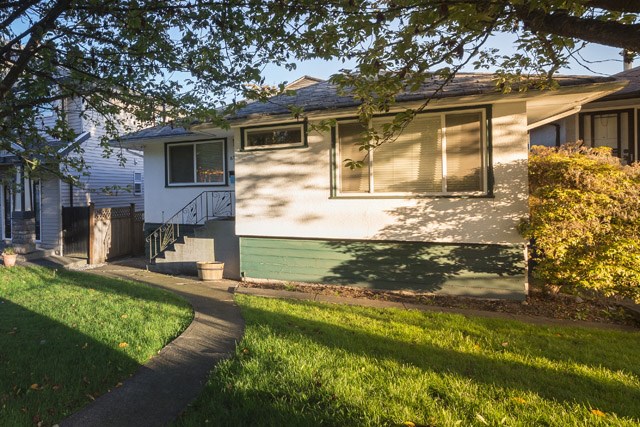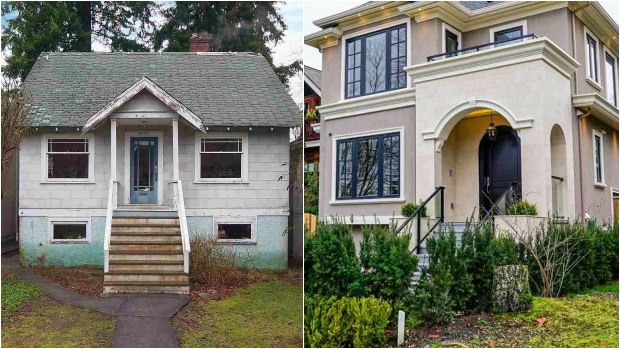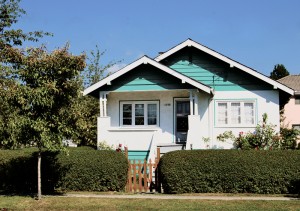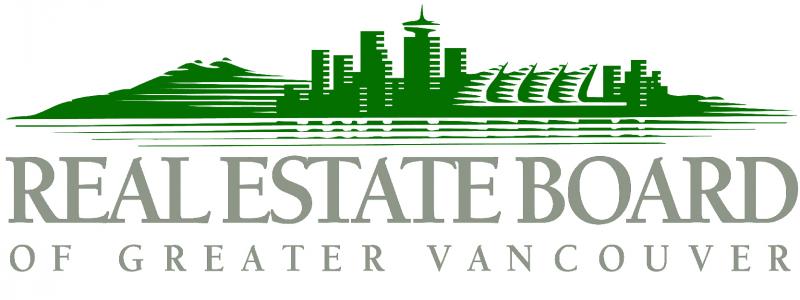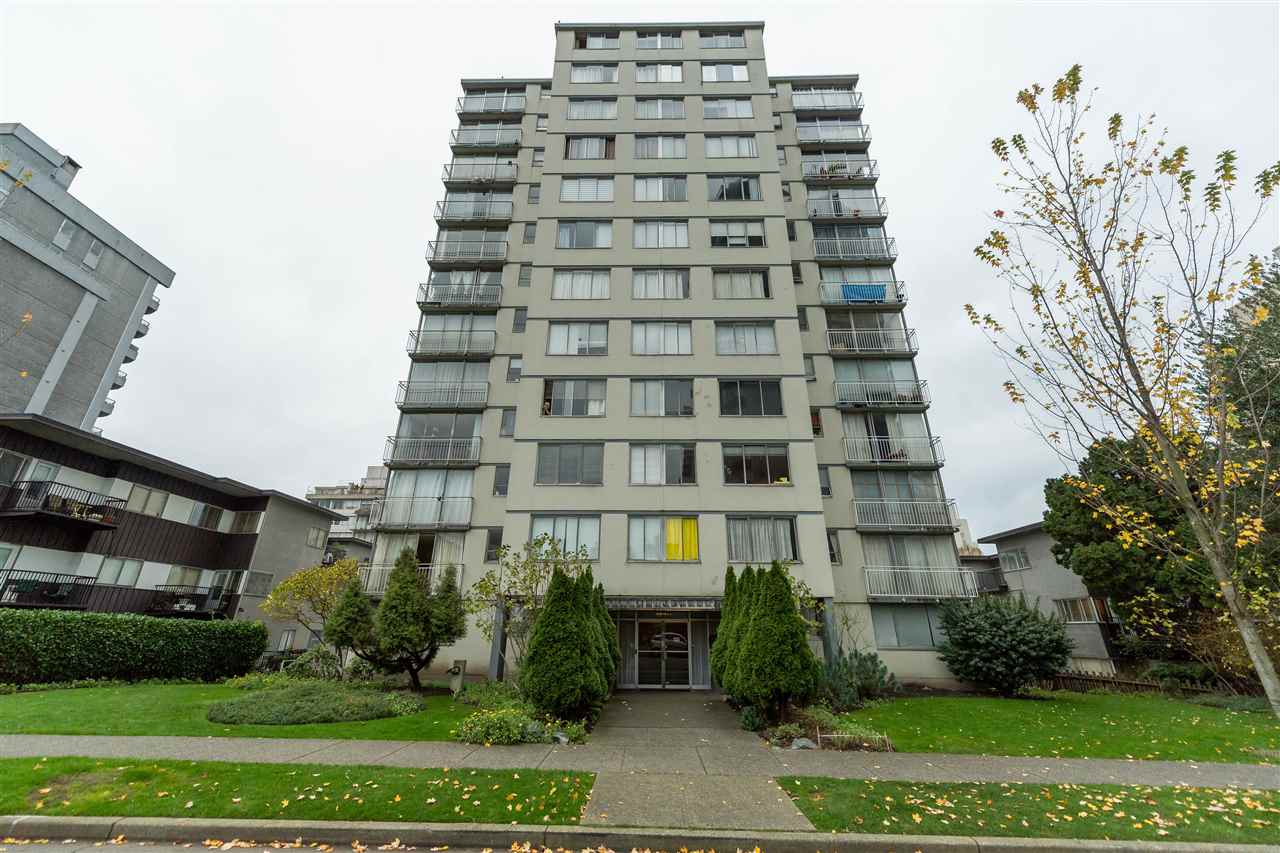
Happy New Year, guys! Here is a detailed breakdown and market statistics for one bedroom condo units in downtown Vancouver in December 2016. In this breakdown I will only focus on resale units. No new construction. Statistics include 1 bedroom condo and apartment units. Two or more bedrooms units are excluded. Townhouses are excluded from this breakdown as well.
Average Sales Price of one bedroom condo units in downtown Vancouver in December 2016 (see graph below)
Coal Harbour: $661,975 | -6.7% (change since December 2015)
Downtown VW: $613,295 | +27.5% (change since December 2015)
Yaletown: $700,052 | +30.1% (change since December 2015)
West End: $460,850 | +10.8% (change since December 2015)
Huge increase in the average sales price in Yaletown and Downtown VW. However, for the first time in a while we see a decline in the average sales price in Coal Harbour. Coal Harbour is almost 7% down as compared to December of last year. It’s too early to tell if the average sales price drop is something serious or just a fluctuation in the market.
Average Percent to Original Price one bedroom condos in downtown Vancouver sold for in December 2016 (see graph below)
Coal Harbour: 96.4% | -5.1% (change since December 2015)
Downtown VW: 98.3% | -2.5% (change since December 2015)
Yaletown: 97.2% | -2.4% (change since December 2015)
West End: 101.1% | +2.2% (change since December 2015)
Nothing surprising here. One bedroom condo and apartment units in downtown Vancouver are usually selling for anywhere between 5-7% under the original asking price. Of course summer and spring of this year was an anomaly; we’ve seen downtown condos selling for 5-8% over the original asking price.
Average Price Per Square Foot for one bedroom condos in downtown Vancouver in December 2016 (see graph below)
Coal Harbour: $1,021 | +10.1% (change since December 2015)
Downtown VW: $932 | +20.9% (change since December 2015)
Yaletown: $1,000 | +20.3% (change since December 2015)
West End: $752 | +6.5% (change since December 2015)
For the fist time average price per square foot in Yaletown has reached a $1000 mark.
Total Inventory of one bedroom condos for sale in downtown Vancouver in December 2016 (see graph below)
Coal Harbour: 8 | -11.1% (change since December 2015)
Downtown VW: 36 | +20.0% (change since December 2015)
Yaletown: 20 | +42.9%(change since December 2015)
West End: 29 | +16.0% (change since December 2015)
We see unusually low inventory numbers of one bedroom condo units on sale in downtown Vancouver. The total inventory numbers are well below the 10 year average. Strong buyer demand and the lack of inventory could cause the prices to keep increasing in 2017.
New Listings of one bedroom condos for sale in downtown Vancouver in December 2016 (see graph below)
Coal Harbour: 3 | 0.0% (change since December 2015)
Downtown VW: 19 | -29.6% (change since December 2015)
Yaletown: 11 | -8.3% (change since December 2015)
West End: 5 | -58.3% (change since December 2015)
Very low number of new listing on the market this December. Although, it is not unusual for December to be a slow month for the new listings.
Total number of one bedroom condos sold in downtown Vancouver in December 2016 (see graph below)
Coal Harbour: 8 | 0.0% (change since December 2015)
Downtown VW: 40 | +11.1% (change since December 2015)
Yaletown: 17 | -15.0% (change since December 2015)
West End: 14 | -46.2% (change since December 2015)
Most likely due to the low inventory levels, lack of new listings and the slower nature of December real estate market there were fewer sales.
Sales to Active Listings Ration of one bedroom condos in downtown Vancouver in December 2016 (see graph below)
Coal Harbour: 1.000 | +12.5% (change since December 2015)
Downtown VW: 1.111 | -7.4% (change since December 2015)
Yaletown: 0.850 | -40.5% (change since December 2015)
West End: 0.483 | -53.6% (change since December 2015)
Downtown remains a very strong “sellers” market with almost no back inventory.
In conclusion, average sales price for one bedroom condos in downtown is still going up. Record high price per square foot numbers and low inventory levels. It is still very much a “sellers” market although on average units are selling for 4-5% under the original asking price.
Comment below if you found this information useful.
* all of the statistics used in this breakdown were taken from the Real Estate Board Of Greater Vancouver

